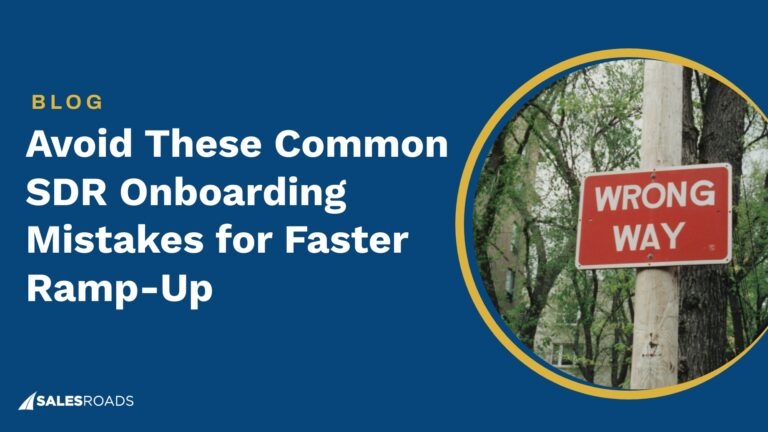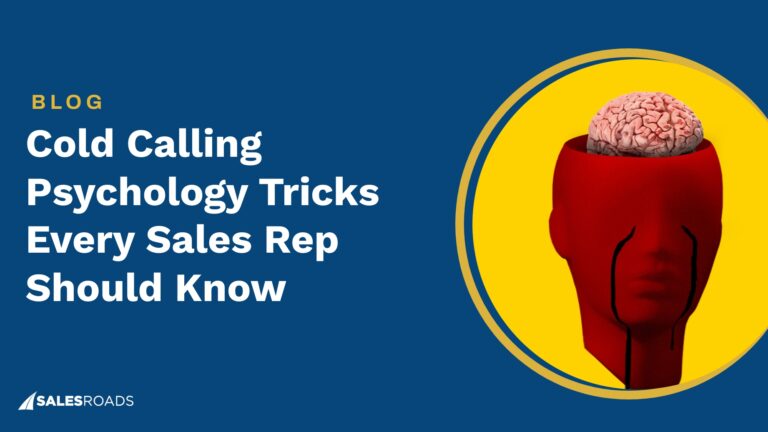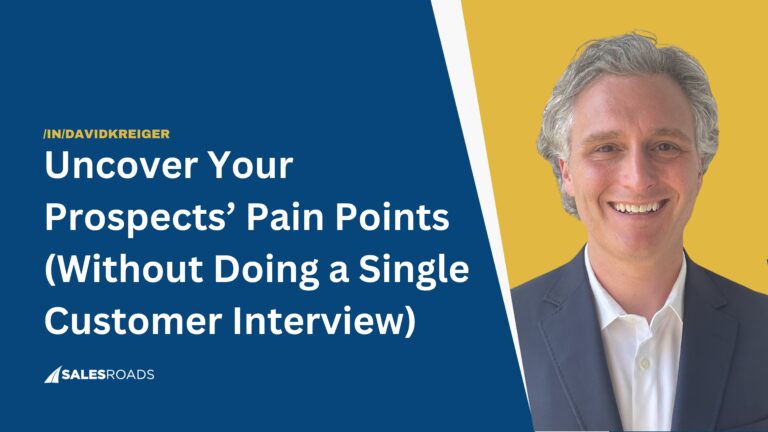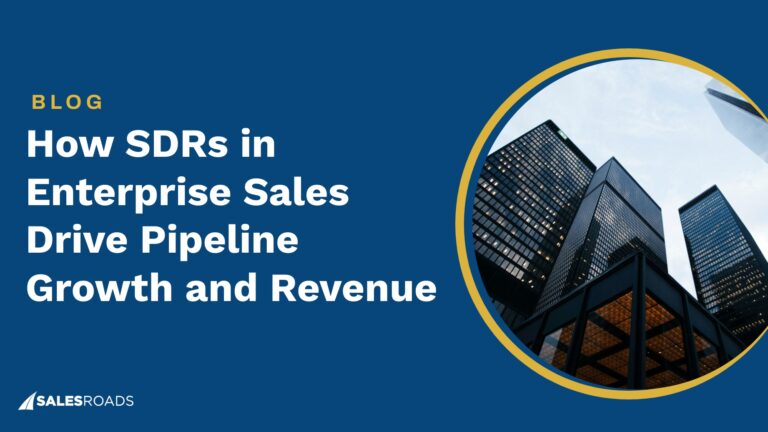Account-based marketing is a targeted lead generation strategy. This technique entails creating a highly qualified lead list with content and communication approaches tailored to each individual.
What is Account-based Marketing?
| Benefits of account-based marketing |
| Improves sales and marketing team alignment |
| Increases customer lifetime value (CLV) |
| Shortens sales cycle |
| Boosts lead generation efficiency |
Account-based marketing (ABM) is a fresh approach to the conventional sales funnel. It is a strategic framework that engages customer accounts or qualified individual prospects through hyper-personalized treatment by the sales and marketing teams.
ABM’s process opposes the traditional lead generation strategies: it creates a targeted list of accounts instead of planning content to capture the lead’s attention. The communication approaches and the content plan are then tailored to the target accounts.
Businesses benefit from ABM by:
- Improving sales and marketing team alignment: An ABM approach aligns your sales and marketing teams by minimizing missed opportunities and duplicate efforts. It also makes handovers between the two departments easier and faster.
- Increasing customer lifetime value (CLV): A customer’s lifetime value refers to their total worth to a business. ABM increases CLV because it builds customer relationships, making them more likely to buy again.
- Shortening sales cycle: An ABM approach can speed up sales by generating leads more likely to become customers.
- Boosting lead generation efficiency: A diverse list of leads generated by traditional strategies requires a lot of time doing extensive qualification throughout the process. With an ABM approach, you are putting effort into leads that are a good fit from the start, increasing your chances of getting the expected outcome without needing to repeatedly qualify leads.
The core elements of ABM are:
- Personalization: A considerable part of ABM strategy is establishing a long-lasting relationship with customers by giving them special treatment. This helps increase their lifetime value and the chances of making them repeat buyers.
- Customization: ABM strategies leverage tailored content and communication approaches to nurture target accounts.
- Buyer-directed cycle: In ABM, the target accounts’ purchasing decisions dictate the buying process. Salespeople and marketers then use these triggers as a guide to creating hyper-personalized content that resonates with the lead’s preference.
Steps on How Salespeople can Implement an ABM Strategy
ABM is a combined sales and marketing strategy, but salespeople can take charge of implementing it. Here are the general steps on how salespeople can implement an ABM strategy:
Step #1: Define Your Ideal Customer Profile
The main concept of ABM is focusing your sales and marketing efforts on accounts that matter. To do this, you first need to determine which accounts are high value.
A clearly defined ideal customer profile (ICP) will help you easily identify high-value accounts. An ICP is a researched-based profile representing the customers who’ll benefit the most from your offerings.
An ideal customer for an ABM strategy has the following characteristics:
- High customer lifetime value
- Little support after onboarding
- Low acquisition cost
- Potential to be a brand advocate
During this process, getting your marketing team’s input is highly recommended to increase the chances of success. They can provide valuable insights on the best prospects, making it easier and faster for you to create your ICPs.
You can prioritize your best accounts even if they don’t seem to fit perfectly with your ICP: they are still more likely to convert into paying customers.
Step #2: Determine Your Target Accounts
Identify which accounts fit your ICP from your lead database. You’ll probably end up with a short list, but there’s no need to fret: ABM focuses on high-value accounts that are quick and easy to convert. A shorter list is also more manageable, given the research and content creation legwork you must put in.
If you end up with a list longer than expected, you can streamline it by looking at whether the leads are interested in topics related to your niche space or offerings. If they do, keep them on your list; if not, set them aside for later.
You can segment target accounts faster with automated tools. This will make it easier to manage and update your database as you collect more information about different prospects.
Step #3: Assign accounts to your sales reps
The last step is to assign sales representatives for specific accounts. You can make this process easier by segmenting your account list based on prospects more likely to buy. This allows sales reps to focus their efforts on big deals and work their way to closing other large accounts later on.
Account-based Marketing Segmentation
One of the core elements of an ABM strategy is customization, but that’s difficult to implement when you have a long list of target accounts. You can make customization more manageable by segmenting your account list into subcategories.
| One-to-one |
| One-to-few |
| One-to-many |
A recommended practice is to break down your target account list into one-to-one, one-to-few, and one-to-many subcategories. Here’s a quick explanation for each group:
One-to-one
These accounts are top priorities because they fit your ICP and have high customer lifetime value. They should receive carefully curated content and special attention, as they are the most likely to become customers in the shortest time.
To avoid exhausting your sales reps and make sure every lead gets attention, select only the most relevant accounts for this segment.
One-to-few
One-to-few accounts are likely to be converted, but not as fast as the one-to-ones, as they are not yet ready to purchase. You can nurture them by:
- Sending gifts
- Inviting them to seminars
- Scheduling a demo meeting
The accounts on this list can later become one-to-one, as they show signs to be ready to buy.
One-to-many ABM
The remaining accounts on your list will receive the one-to-many approach. You should not disregard these accounts, as they are still likely to become customers.
In this strategy, you can leverage technology to create personalized content and approaches. For example, you can use email marketing tools to send automated emails triggered by specific actions, or you can use targeted advertising to reach users that fit your ICP.
Bottom Line
When done right, ABM can quickly speed up the sales cycle by converting the right prospects. It also helps create lasting relationships, increasing your paying customers’ lifetime value.











